Albany, 408 kilometres southeast of Perth, is the oldest permanently settled town in Western Australia (predating Perth and Fremantle by over two years). Albany was established for the British Crown in December 1826 as a military outpost of New South Wales, mainly to prevent any French settlement on the Australian continent. Major Edmund Lockyer, sailing in from Sydney on the Brig Amity, reached King George Sound on Christmas Day 1836 and established possession of the site, as outpost commander. He named it Frederickstown, after Prince Frederick Augustus, son of King George III and Duke of York and Albany. Thus, Albany became the first site of European settlement in Western Australia.
Shortly after, at the Swan River, a new colony envisioned as a free settlement was founded and proclaimed in June 1829. Not only did the Swan River settlers object to the presence of convicts within the Colony, but its Lieutenant Governor, James Stirling, disapproved of having a military outpost within Western Australia under the command of the Governor of New South Wales. In March 1831, Frederickstown was made part of the Swan River Colony, and was renamed Albany.
From 1834 new settlers began to develop agricultural and pastoral holdings. Over the decades, European settlement expanded into the hinterland. Albany evolved into a busy port, servicing the immigration and produce needs of the goldfields and exporting timber and agricultural products.
For many years, the first port of call for the mail from England was Albany’s Princess Royal Harbour, the only deepwater port and largest natural harbour in WA, as well as on the entire south coast of the Australian mainland, outside of Melbourne. This put Albany in a privileged position over Perth and it remained that way until 1897, when the Fremantle Inner Harbour was opened, which established Fremantle port as WA’s major harbour and significantly diminished the role of Albany.
Albany in ANZAC History
In 1914, Australian troops sailed from Albany on a voyage via Egypt to Gallipoli, where they landed on 25th April 1915. Many of the soldiers had their last glimpse of Australia at the start of that voyage as the hills of Albany faded into the distance. Their heroic service was recognised at the nation’s first Anzac Day dawn service held in Albany on 25th April 1923. It was the start of a tradition that Australians hold very close to their hearts.
Text Excerpts: Wikipedia
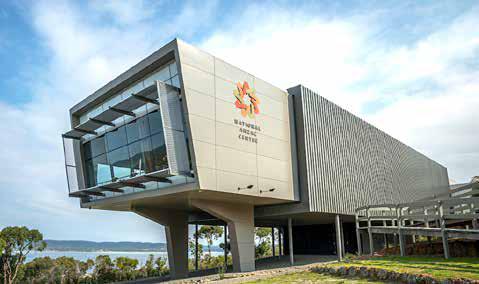


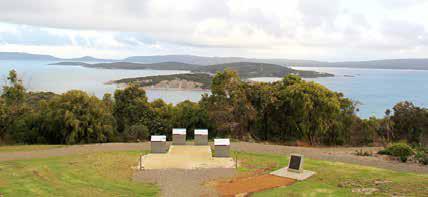
National ANZAC Centre. “Towards the end of 1914, more than 40,000 Australians and New Zealanders left Albany, bound for The Great War. This is their story.” The National Anzac Centre offers a deep connection with the Anzac tradition through interactive multimedia displays, featuring the personal accounts of 30 Anzacs and 2 of their adversaries of their experiences across the renowned battlefields of Gallipoli, Palestine, Sinai, and the Western front.
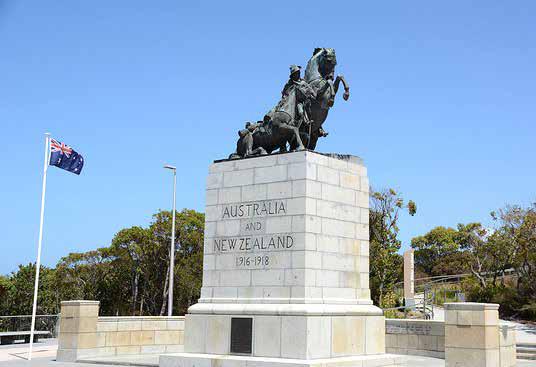
The Desert Mounted Corps Memorial. On top of Mount Clarence is a memorial to the Australian Light Horse Brigade, the New Zealand Mounted Rifles Brigade, the Imperial Camel Corps and the Australian Flying Corps who fought the war from 1916 to 1918. The memorial consists of a statue of an Australian mounted soldier assisting a New Zealand soldier whose horse has been wounded, and a wall listing the groups commemorated. The first recorded Dawn Service was conducted on 25 April 1923 on Mount Clarence, and has been held ever since with thousands of people participating each year.
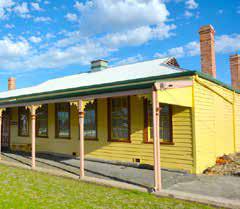
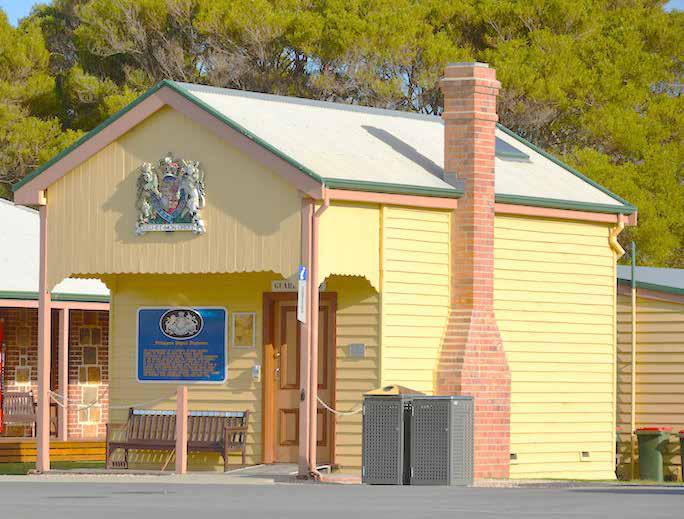
Princess Royal Fortress. At the summit of Mount Adelaide is the Princess Royal Fortress was established in 1893 as a defence installation prior to the Federation era. Overlooking King George Sound harbour, it was reopened in 1988 as a military museum and one of Australia’s most significant military heritage sites. It features the restored coastal gun batteries among a large collection of military displays.
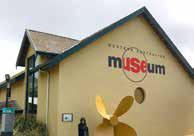
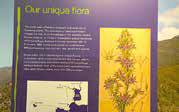
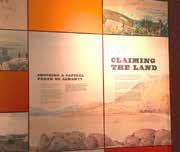
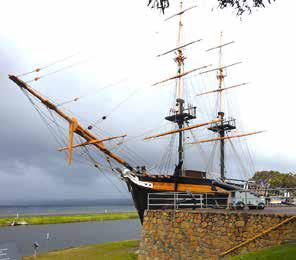
Western Australian Museum Albany. Explore Albany’s early settlement history at the Brig Amity replica. At the Residency Galleries, discover powerful stories of the Menang Nyoongar people’s Dreaming and Kinjarling (Place of Rain) and the rich European history. Be amazed likewise by the natural geology and the incredible flora and fauna biodiversity of the region.

